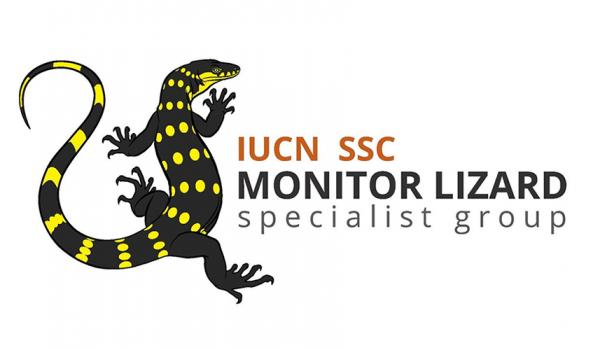Conservation Science
In the context of IUCN Red List assessments, the research discipline of Conservation Science certainly plays a leading role. For this, it is essential that the underlying taxonomy is certain/valid with reference to its geographical range.
Many publications deal with the field of conservation science, a few outstanding ones are mentioned here as well as the main statements derived from them.
According to Martin et al. (2016), modern conservation science developed in the mid-1970s. It was primarily concerned with the design of protected areas “based on the equilibrium theory of island biogeography” and the idea that “inbreeding depression and genetic drift” threaten small populations isolated in protected areas. The focus was clearly on the protection of endangered species.
The American biologist Michael Ellmann Soulé, who died in 2020, had coined the biological science “Conservation biology” on the basis of his article published in 1985, and in the same year the Society for Conservation Biology (SCB) was founded. It was then ubiquitous that species extinction was at the forefront of a global crisis and that, according to Soulé (1987), it embedded societal values.
Left: Conservation biology and its disciplines after Soulé (1985); right: the integration of conservation biology into conservation science (Kareiva & Marvier 2012). Research disciplines are connected with a dashed line in both figures to show that the conservation-oriented research areas “span the boundaries” (see Kareiva & Marvier 2012).
Relevant references
- Kareiva P, Marvier M (2012) What is Conservation Science? BioScience 62: 962-969.
- Martin JL, Marisa V, Simberloff DS (2016) The need to respect nature and its limits challenges society and conservation science. PNAS 113: 6105–6112
- Soulé ME (1985) What is conservation biology? BioScience 35: 727-734.
- Soulé ME (1987) History of the Society for Conservation Biology: How and why we
got there. Conservation Biology 1: 4–5.



